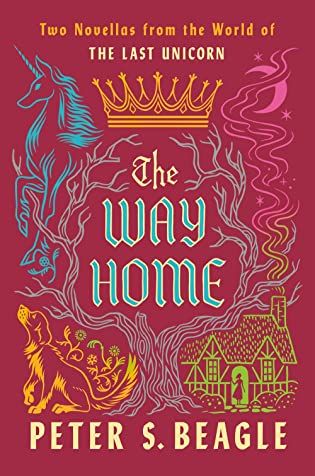 The Way Home: Two Novellas from the World of The Last Unicorn (The Last Unicorn) by Peter S. Beagle
The Way Home: Two Novellas from the World of The Last Unicorn (The Last Unicorn) by Peter S. Beagle Format: eARC
Source: supplied by publisher via Edelweiss
Formats available: hardcover, ebook, audiobook
Genres: fantasy
Series: Last Unicorn #2
Pages: 208
Published by Ace on April 4, 2023
Purchasing Info: Author's Website, Publisher's Website, Amazon, Barnes & Noble, Kobo, Better World Books
Goodreads
One brand-new, long-awaited novella, and one Hugo and Nebula award winning novella, both featuring characters from the beloved classic The Last Unicorn, from renowned fantasy writer Peter S. Beagle.
Peter S. Beagle's The Last Unicorn is one of fantasy's most beloved classics, with millions of copies in print worldwide.
Beagle's long-awaited return to the world of that novel came with "Two Hearts," which garnered Hugo and Nebula awards in 2006, and continued the stories of the unicorn, Molly Grue, and Schmendrick the Magician from the point of view of a young girl named Sooz.
In this volume, Peter S. Beagle also presents for the first time "Sooz," a novella that sees the narrator of "Two Hearts," all grown up and with a perilous journey ahead of her, in a tender meditation on love, loss, and finding your true self.
My Review:
I picked up The Way Home because I absolutely adored The Last Unicorn when I finally read it for the very first time back in January. So I had high hopes for The Way Home. Very, very high.
Those hopes were, unfortunately, only partially met, and I’m more than a bit sad about that.
The Way Home is not a single story as The Last Unicorn was, although it is set in the same world. Rather, this is two stories, the previously published Hugo Award winning novelette, “Two Hearts”, and the new and more recently written novella “Sooz”.
Sooz is the protagonist of both stories. In “Two Hearts”, she’s a nine-year-old girl, but by the time of her own story, she’s seventeen and on her first solo adventure as part of her passage into adulthood.
I have a lot, and a lot of good things, to say about “Two Hearts”, but less and not so much about “Sooz”. So I’m going to start at the end, with “Sooz”.
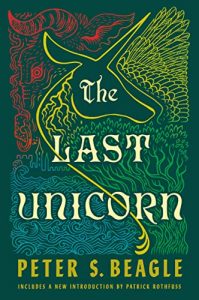 As a story – as opposed to the character – “Sooz” did not work for me. While I was not expecting a happy ending, as this world tends toward bittersweet on the happiness scale, I was expecting this story to feel like it was part of the continuum from The Last Unicorn through “Two Hearts”, which features Sooz as a child, to Sooz’ own story.
As a story – as opposed to the character – “Sooz” did not work for me. While I was not expecting a happy ending, as this world tends toward bittersweet on the happiness scale, I was expecting this story to feel like it was part of the continuum from The Last Unicorn through “Two Hearts”, which features Sooz as a child, to Sooz’ own story.
But it didn’t.
It’s very much a coming of age and finding your identity story, and a story about learning that your parents – and yourself – are not exactly who you thought either you or they were, and dealing with that knowledge. It’s also a quest story, as Sooz takes herself off to the Fae Lands to find the lost sister that she never knew she had.
As a story, it felt like the themes had been dealt with before – and dealt with better. Beginning Sooz’ journey with a gratuitous – but at least not overly graphic – rape scene did not endear me to the rest of the story. Sooz was already experiencing plenty of angst, her rape read like piling on for no good reason except that she was a lone female and had to experience all the dangers of that state possible.
I’m up on a soapbox, I know. Because it just felt like sloppy storytelling. There is the potential for plenty of angst in the female experience, even in fantasy, without raping the audience surrogate. (I’ll climb down now before the soapbox gets any taller.)
I dragged myself through “Sooz” in the hopes that it would get better. I’m not sure whether I didn’t feel like it did or just couldn’t get the awful taste out of my mouth (so to speak)
But I want to end this review on a higher note than I started, so let’s switch to the book’s opening story, the award-winning “Two Hearts”.
Where “Sooz” read as if it was barely connected to the world of The Last Unicorn, “Two Hearts” read like a combination of coda and swan song to the beloved classic. It’s the ending that the reader knows was out there, somewhere, at the end of The Last Unicorn, both dreaded and inevitable and so, so right.
Young Sooz’ village is being ravaged by a griffin who has graduated from taking sheep and goats to snatching children. The king has sent increasing numbers of men at arms to slay the griffin, but to no avail. Sooz runs away to fetch the king himself to take care of her people, who are, of course, his people. Along the way she runs into Schmendrick the Magician and his partner, Molly Grue. It’s been a LONG time since Schmendrick and Molly have been to the castle to see their friend, King Lir, so they decide to escort Sooz on her way.
The years that have passed lightly over the magician and his partner have not been kind to the purely human King Lir, and neither has Lir’s lifelong devotion to the unicorn Amalthea. But he rouses himself for one last quest, one last job that he knows is his and his alone. He goes with his friends, and Sooz, to slay the griffin.
“Two Hearts” is a beautiful story because it fits right into the world of The Last Unicorn with all of its lyrical language and utter heartbreak, and sits right on top of the pillar of “don’t cry because it’s over, smile because it happened”.
I got a little weepy anyway. The ending is the right ending, the necessary ending. It’s the perfect swan song for an immortal hero in a mortal’s body.
In short, “Two Hearts” is a marvelous, if heartbreaking ending for the beloved classic, The Last Unicorn. “Sooz” read like more of an afterthought, or an attempt to get the lightning back in the bottle one last time.
So the Escape Ratings on this book are very much split. “Sooz” was a dragging D of a read, while “Two Hearts” was a tear-spattered A+.

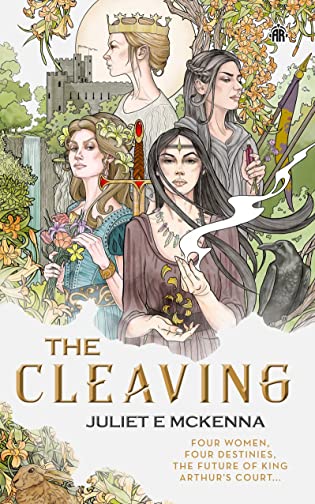 The Cleaving by
The Cleaving by 
 The New Guys: The Historic Class of Astronauts That Broke Barriers and Changed the Face of Space Travel by
The New Guys: The Historic Class of Astronauts That Broke Barriers and Changed the Face of Space Travel by  Just as Tom Wolfe’s
Just as Tom Wolfe’s  The story of The New Guys takes the TFNG from their earliest dreams of space to the ends of their careers. But there’s a wider context to the story of the space program as a whole, placing this book in the center between the machismo of Wolfe’s
The story of The New Guys takes the TFNG from their earliest dreams of space to the ends of their careers. But there’s a wider context to the story of the space program as a whole, placing this book in the center between the machismo of Wolfe’s 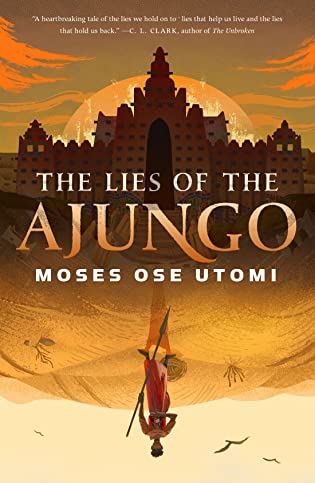 The Lies of the Ajungo (Forever Desert, #1) by
The Lies of the Ajungo (Forever Desert, #1) by 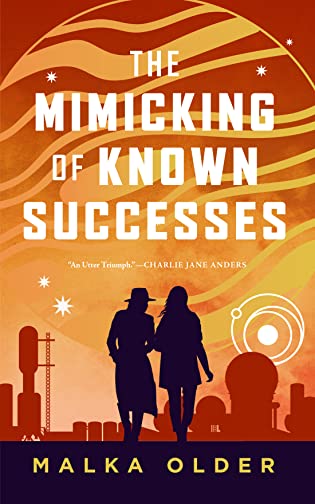 The Mimicking of Known Successes (Investigations of Mossa & Pleiti, #1) by
The Mimicking of Known Successes (Investigations of Mossa & Pleiti, #1) by 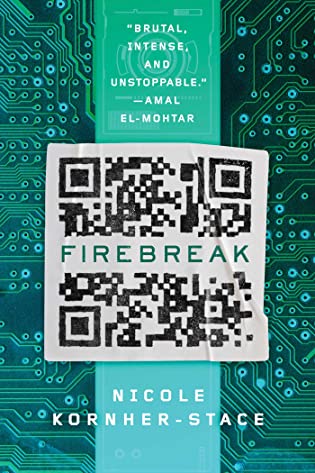 Firebreak by
Firebreak by 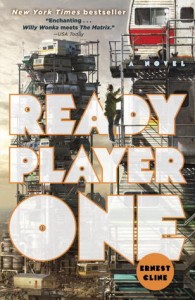 Escape Rating A+: It’s not about the game. It’s about the world that the game lets everyone escape from while packaging and selling the war – and every control and draconian measure that goes along with it – to everyone at the same time.
Escape Rating A+: It’s not about the game. It’s about the world that the game lets everyone escape from while packaging and selling the war – and every control and draconian measure that goes along with it – to everyone at the same time.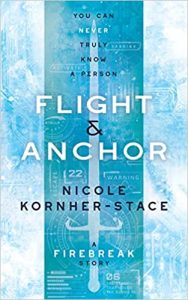 The way that Firebreak DOES link to
The way that Firebreak DOES link to 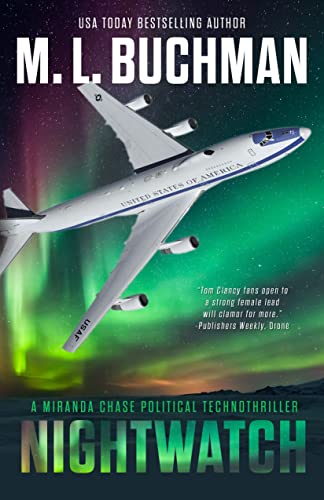 Nightwatch (Miranda Chase NTSB #12) by
Nightwatch (Miranda Chase NTSB #12) by 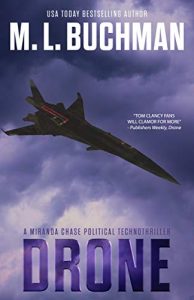 Escape Rating A+: I’ve been a fan of Miranda Chase from her very first investigation in
Escape Rating A+: I’ve been a fan of Miranda Chase from her very first investigation in  Miranda Chase always delivers. Nightwatch is yet another compulsively readable chapter in her ongoing adventures! I’m already looking forward to her next investigation.
Miranda Chase always delivers. Nightwatch is yet another compulsively readable chapter in her ongoing adventures! I’m already looking forward to her next investigation.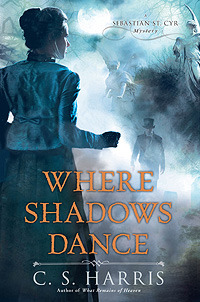 Where Shadows Dance (Sebastian St. Cyr, #6) by
Where Shadows Dance (Sebastian St. Cyr, #6) by 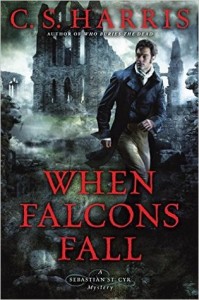 I was hooked back in 2005, and devoured the first five books in the series as they were published. Until, as so many things do, the series got caught up in the black hole of “so many books, so little time” and I stopped following until I was asked to
I was hooked back in 2005, and devoured the first five books in the series as they were published. Until, as so many things do, the series got caught up in the black hole of “so many books, so little time” and I stopped following until I was asked to 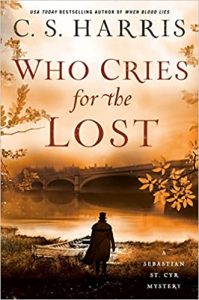 And I love the way the known historical conflicts of the time, both in government in England and in the wider world, are neither ignored nor brushed aside but instead inform every aspect of the mystery and give it depth and substance. All while a murder is committed, the crime is investigated, and evil gets its just desserts even as the story acknowledges that there are plenty of other – and often worse – evils afoot in that wider world that Devlin has yet to deal with. If he can.
And I love the way the known historical conflicts of the time, both in government in England and in the wider world, are neither ignored nor brushed aside but instead inform every aspect of the mystery and give it depth and substance. All while a murder is committed, the crime is investigated, and evil gets its just desserts even as the story acknowledges that there are plenty of other – and often worse – evils afoot in that wider world that Devlin has yet to deal with. If he can.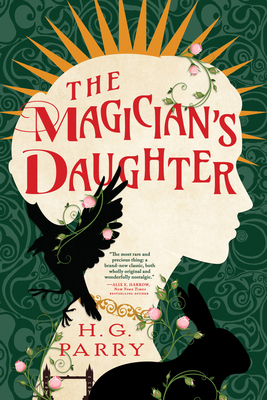 The Magician's Daughter by
The Magician's Daughter by  Junkyard War (Shining Smith #3) by
Junkyard War (Shining Smith #3) by  But Shining is not the only human queen, because every true hero – especially if that’s not remotely what they want to be – creates their own archenemy – or the other way around. Clarisse Warhammer targeted Shining all the way back in
But Shining is not the only human queen, because every true hero – especially if that’s not remotely what they want to be – creates their own archenemy – or the other way around. Clarisse Warhammer targeted Shining all the way back in  Which means two things. First, the books pile layer upon layer building Shining’s world, so you really need to start at the beginning in
Which means two things. First, the books pile layer upon layer building Shining’s world, so you really need to start at the beginning in